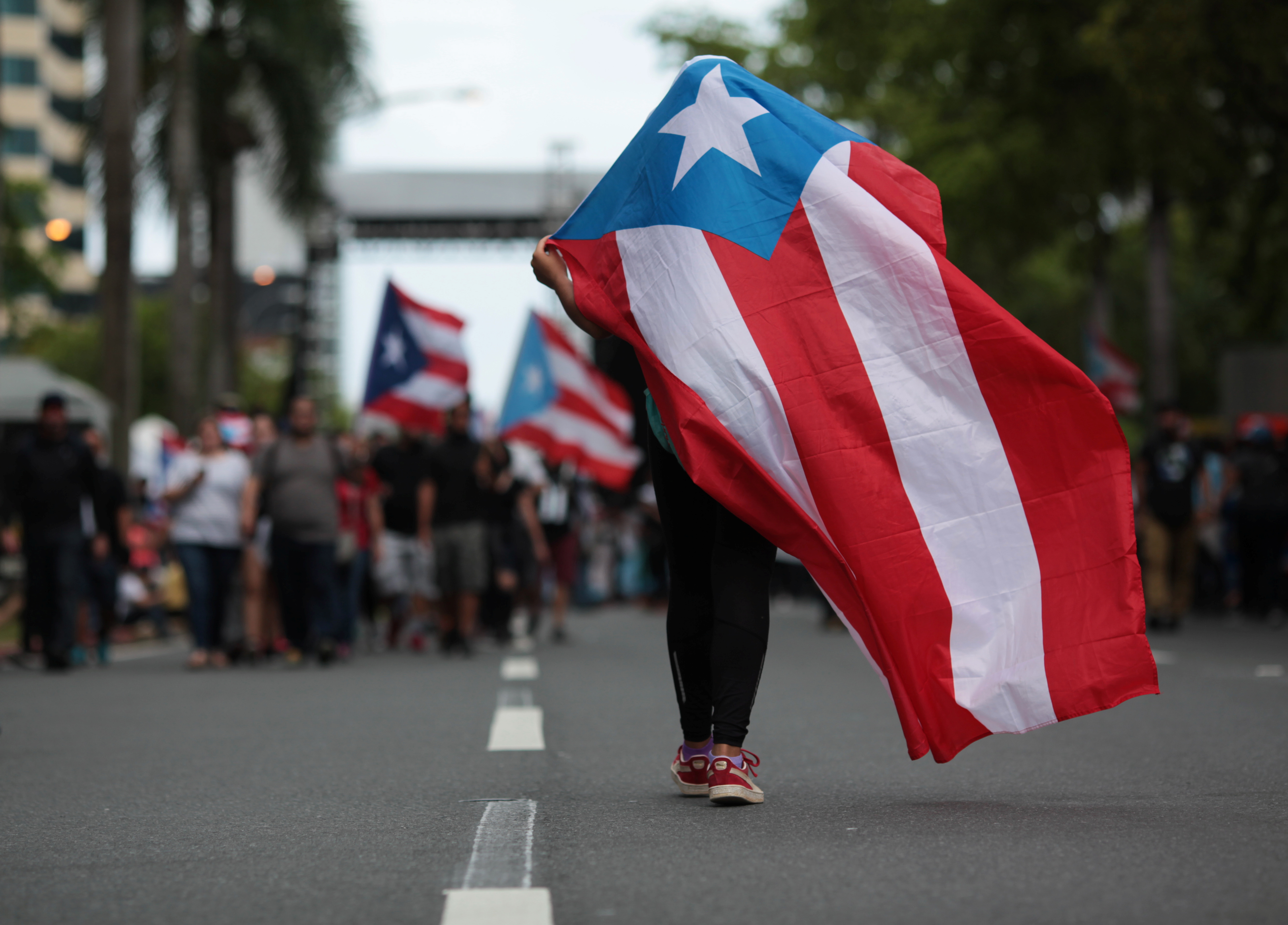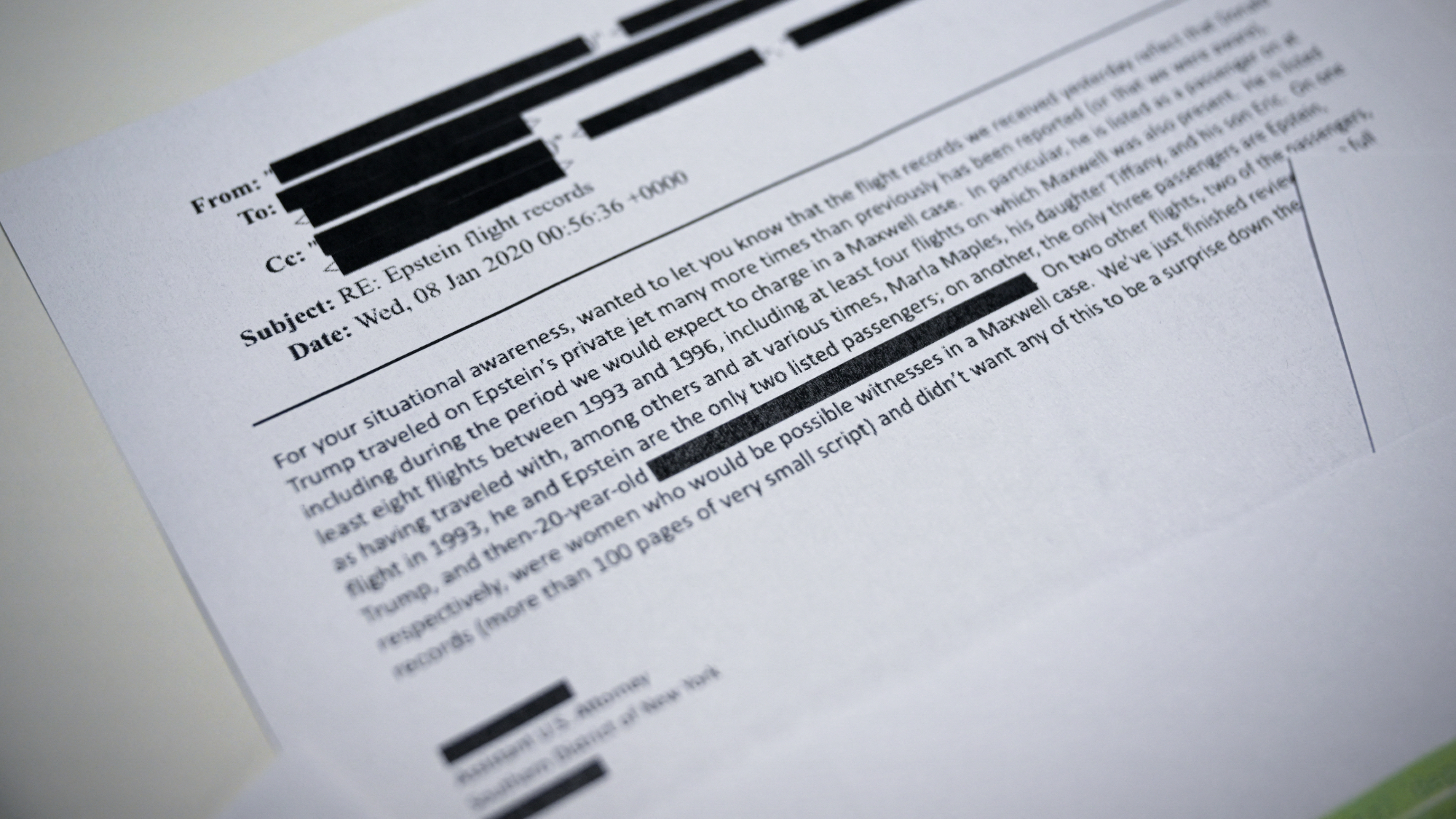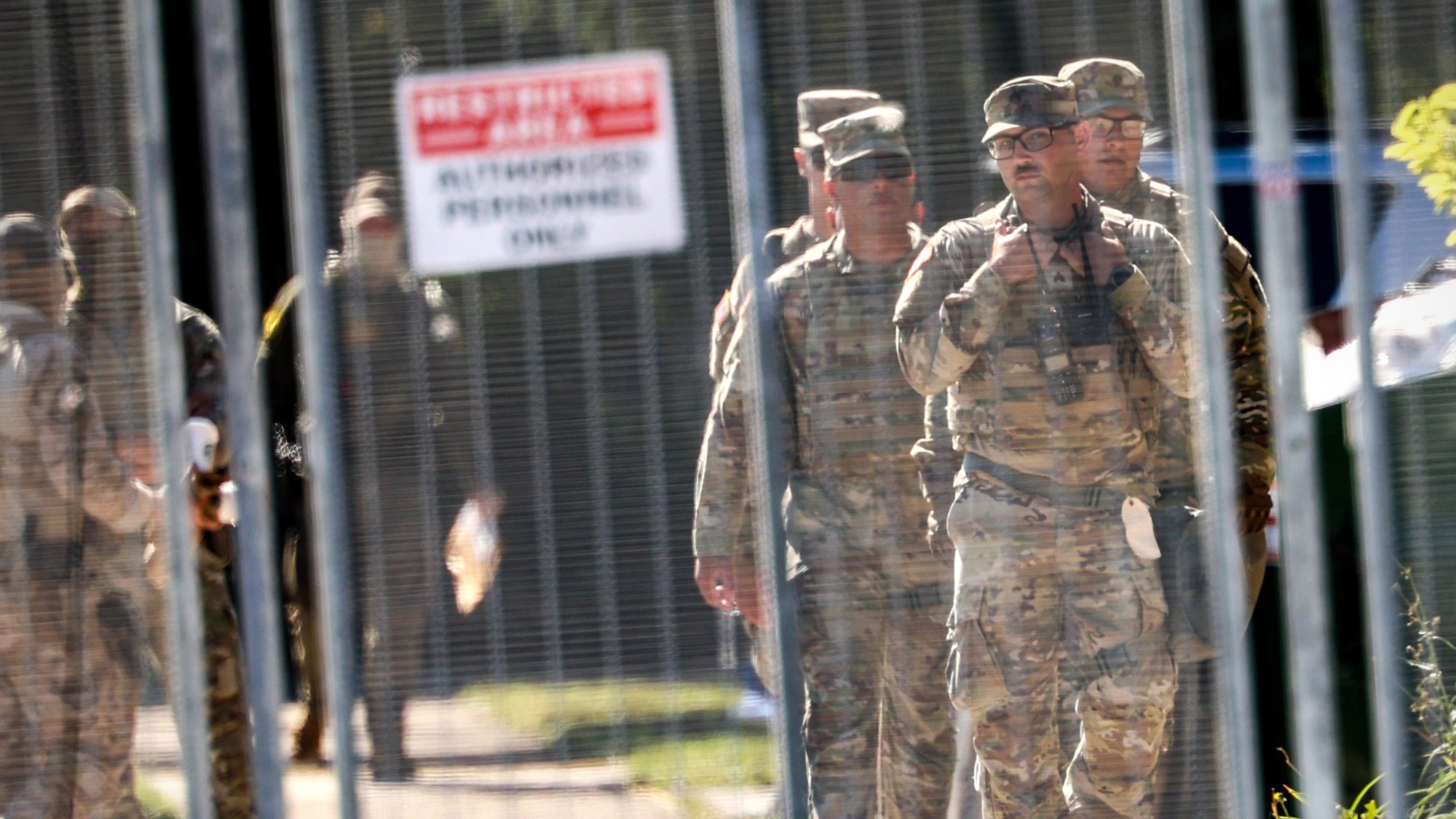The future of America's aircraft carriers? Floating drone factories.
Aircraft carriers aren't obsolete. They're just in need of a 21st-century upgrade.
Earlier this month, the British Royal Navy ship HMS Protector made history. An ice patrol ship, Protector sailed the frigid waters off Antarctica. But instead of using a helicopter to scout an ice-free route, the Protector had an unlikely helper — a drone.
And not just any drone: a 3D printed drone that was manufactured onboard the ship itself. The tiny remote controlled airplane, steered by a laptop and buzzing along at speeds of up to 60 miles an hour, could be an unlikely savior of the largest warships ever to sail: aircraft carriers.
A symbol of American military primacy since the end of World War II, there are currently 10 aircraft carriers serving with the U.S. Navy. Each carries approximately 70 aircraft capable of bringing more firepower than the armed forces of entire countries. They are, in fact, a capability no other country can currently equal.
The Week
Escape your echo chamber. Get the facts behind the news, plus analysis from multiple perspectives.

Sign up for The Week's Free Newsletters
From our morning news briefing to a weekly Good News Newsletter, get the best of The Week delivered directly to your inbox.
From our morning news briefing to a weekly Good News Newsletter, get the best of The Week delivered directly to your inbox.
Still, all is not well in the world of aircraft carriers. Every major weapons system becomes obsolete over time and just as the carrier took over from the battleship, technological advances have made these ships obsolete, some pundits say. China is pursuing so-called "anti-access, area denial" technologies that it hopes will make large parts of the Pacific too dangerous for aircraft carriers.
Chief among these is a network of sensors and bases, capped off with the Dong Feng-26 "carrier killer" ballistic missile. Launched from bases in China, the DF-26 was designed to attack aircraft carriers, plunging through the atmosphere at hypersonic speeds and punching through their steel decks. The DF-26 and weapons like them are notoriously hard to shoot down.
There are also those that say aircraft carriers have grown too expensive. The latest, USS Gerald R. Ford, cost a whopping $17.5 billion to research, develop, and produce. That doesn't include the $6 billion cost of the aircraft that will fly off it and a similar cost for the destroyers, cruisers, and supply ships that will sail with a typical carrier battle group. All in all, the Ford's carrier battle group will easily cost somewhere around $30 billion.
The aircraft carrier is indeed embattled. But is its time over? Maybe not. The aircraft carrier's greatest strength, which has allowed it to remain relevant for the last 70 years, is the fact that it carries airplanes — and airplanes can be adapted to a wide variety of missions. Carriers can launch nuclear weapons, sink submarines, destroy enemy fleets, and bring relief supplies to disaster-stricken zones. It's a versatility unmatched by any other ship.
A free daily email with the biggest news stories of the day – and the best features from TheWeek.com
As aviation technology marches on, much of it makes its way onto carrier flight decks. In 2013 and 2014 the Navy's experimental X-47B unmanned carrier aircraft performed takeoffs, landings, and aerial refuelings. The Navy is talking about producing its first operational drone, the MQ-25 Stingray. More drones will follow, and it's not farfetched to think of a day when none of the aircraft on a carrier actually carry any pilots.
Meanwhile, 3D printers can now print steel, aluminum, and titanium, and there's no reason why the technology, scaled larger, couldn't be used to create larger drones. A 3D printer capable of making aircraft fuselages, coupled with stores of pre-assembled aircraft components would enable the ship to build its own combat drones. The carrier becomes not just a floating airport, but a floating airplane factory.
Drones and 3D printing are two technologies that will keep carriers relevant. Drones are cheaper than manned aircraft and the infrastructure — including the human infrastructure — is also less expensive. The ability to reconfigure a carrier's drone fleet, from slow-moving attack jets that could bomb the Islamic State to stealthy, long-range bombers that could out-range carrier killing missiles, would keep carriers flexible and more versatile than ever.
The technology will change the way wars are fought. It takes months or even years to build an airplane, meaning that in wartime once reserves are exhausted planes cannot quickly be replaced. Using 3D printing, carriers could self-replenish their aircraft inventories in wartime, replacing combat losses with fresh drones. Combat aircraft would go from being a precious resource to actually being somewhat disposable — and capable of being built in large numbers.
The aircraft carrier is indeed embattled, but carriers are versatile enough to keep them in service likely for decades to come. The real threat is carriers pricing themselves out of existence, and more needs to be done to keep costs down. Technologies are on the horizon that will keep carriers relevant and affordable — but we will pursue them only if we recognize that costs are growing out of hand. The tiny drone printed and assembled on the HMS Protector is just a sneak peak at things to come.
Kyle Mizokami is a freelance writer whose work has appeared in The Daily Beast, TheAtlantic.com, The Diplomat, and The National Interest. He lives in San Francisco.
-
 Why Puerto Rico is starving
Why Puerto Rico is starvingThe Explainer Thanks to poor policy design, congressional dithering, and a hostile White House, hundreds of thousands of the most vulnerable Puerto Ricans are about to go hungry
-
 Why on Earth does the Olympics still refer to hundreds of athletes as 'ladies'?
Why on Earth does the Olympics still refer to hundreds of athletes as 'ladies'?The Explainer Stop it. Just stop.
-
 How to ride out the apocalypse in a big city
How to ride out the apocalypse in a big cityThe Explainer So you live in a city and don't want to die a fiery death ...
-
 Puerto Rico, lost in limbo
Puerto Rico, lost in limboThe Explainer Puerto Ricans are Americans, but have a vague legal status that will impair the island's recovery
-
 American barbarism
American barbarismThe Explainer What the Las Vegas massacre reveals about the veneer of our civilization
-
 Welfare's customer service problem
Welfare's customer service problemThe Explainer Its intentionally mean bureaucracy is crushing poor Americans
-
 Nothing about 'blood and soil' is American
Nothing about 'blood and soil' is AmericanThe Explainer Here's what the vile neo-Nazi slogan really means
-
 Don't let cell phones ruin America's national parks
Don't let cell phones ruin America's national parksThe Explainer As John Muir wrote, "Only by going alone in silence ... can one truly get into the heart of the wilderness"


